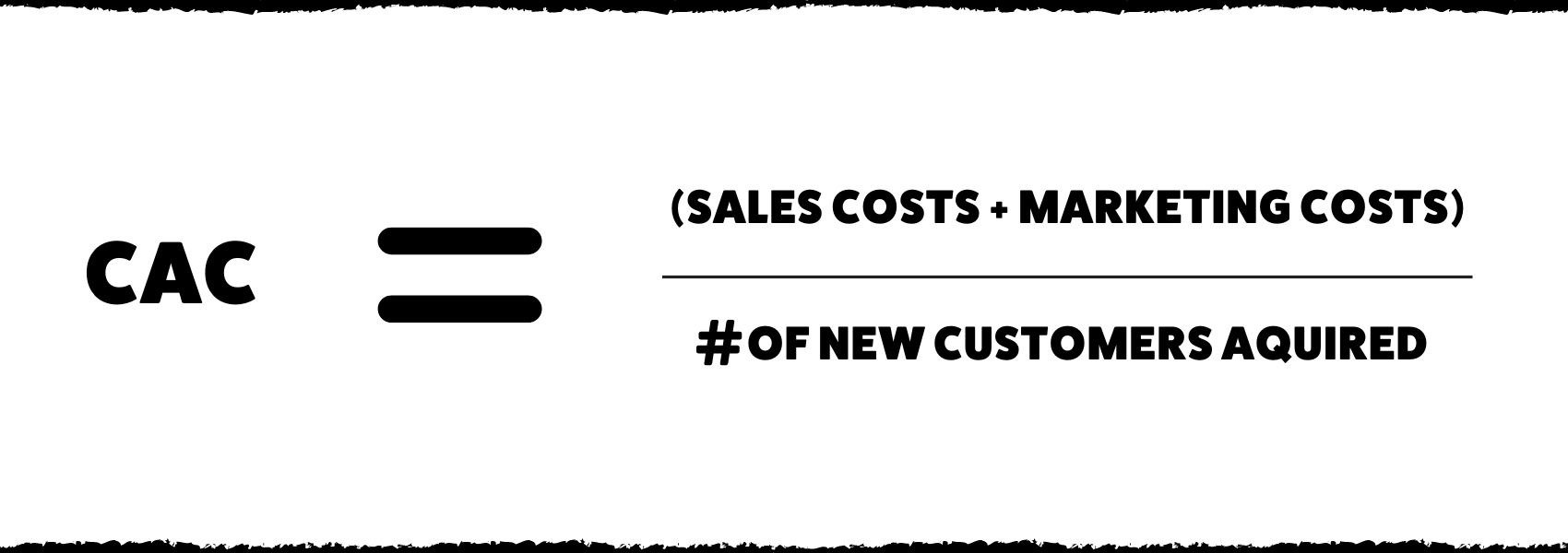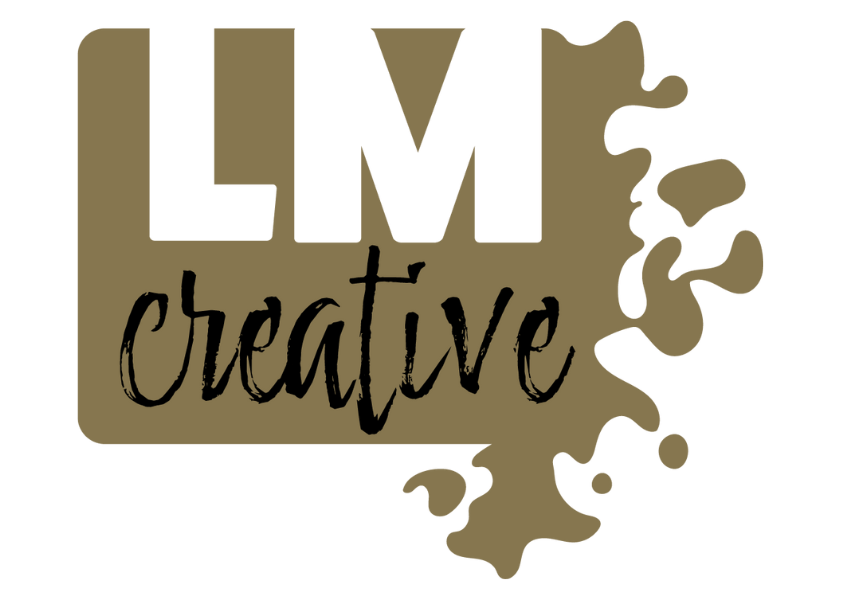Understanding Customer Acquisition Costs (CAC) is key to growing your business without overspending. By optimizing your CAC, you can make sure every marketing dollar you spend effectively brings in loyal customers.
TABLE OF CONTENTS
- Key Takeaways
- Understanding Customer Acquisition Costs
- How to Calculate Customer Acquisition Costs
- Reducing Customer Acquisition Costs
- How to Reduce Customer Acquisition Costs
- Advantage of Lower Customer Acquisition Costs
- We Can Help You Grow!
- About the Author: Dallas Mitchell
- Marketing Solutions
- Follow Us
- Contact Us
Key Takeaways
Understanding Customer Acquisition Costs
Let’s make sure every dollar you spend on marketing and sales is working hard to bring in new business.
Developing new products and services is the fun part of owning your small business. But let’s talk about something that might not be as thrilling as your latest product launch but is just as crucial: Customer Acquisition Cost (CAC). What’s a CAC, you ask? It’s the price you pay to convince a stranger to become your next loyal customer. Sounds important, right? That’s because it is.
Understanding your CAC isn’t just about knowing where your money goes. It’s about making sure every dollar you spend on marketing and sales is working hard to bring in new business. Knowing your CAC can be the difference between growing your business and throwing money into a black hole of marketing and promotion. In this article, we’ll show you how to calculate it and why it’s the key to your business’s success.
How to Calculate Customer Acquisition Costs
The math is easier than you think.
Let’s play in the weeds a little bit. Calculating CAC might sound like something only accountants and spreadsheet enthusiasts enjoy, but it’s pretty simple and straightforward. Here’s the magic formula:

I know math isn’t fun, but let’s break it down:
It’s math, but it’s a simple equation. And it’s an important simple equation.
Why does this matter? Well, because if you’re spending more to get a customer than they’re worth to your business, you’re in trouble. Your CAC is one of your most important Key Performance Indicators (KPIs) (the quantifiable measure used to evaluate the success of an organization in meeting performance objectives) when determining how well your marketing and sales are performing.
Understanding and managing your CAC ensures you’re growing your business smartly, not just throwing cash at random acts of marketing.
Reducing Customer Acquisition Costs
Why Reducing Customer Acquisition Cost is Crucial for Business Growth
Imagine this: You’re running a small business. Your products are top-notch, your team is fantastic, and your storefront or website has the perfect vibe. But despite your best efforts, profits aren’t where you want them to be. You’re spending big bucks on social media ads, fancy flyers, and even sponsoring local events, but it seems like you’re just breaking even. What gives?
Knowing and reducing your Customer Acquisition Costs is crucial for business growth. Let’s examine why this number is a game-changer.
Higher Profitability
First up, reducing your CAC can directly lead to higher profitability. Think about it, if you’re spending $50 to acquire each new customer but manage to cut that down to $25, that’s an extra $25 in your pocket every time you acquire a new customer. This isn’t just loose change—it adds up fast.
Lowering your CAC means you’re getting more bang for your marketing buck. Every dollar you save on acquiring a customer is a dollar that goes straight to your bottom line. Think about being able to reinvest those savings back into your business – maybe to upgrade your equipment, hire more staff, or even open a new location.
Boosting Customer Lifetime Value (CLV)
Your CAC affects your Customer Lifetime Value (CLV). This is the total amount of money a customer is expected to spend in your business during their relationship with you. Every business has customer churn — the more business you can do with a customer, the better your marketing ROI. If you reduce your CAC, you’re not just saving money upfront; you’re increasing the overall value each customer brings in over time.
Here’s the kicker: when your CAC is low, you can afford to invest more in retaining those customers. Better loyalty programs, personalized marketing, and superior customer service all become more feasible with the money you’re saving by keeping your CAC low. Customer retention keeps customers coming back for more, increasing their CLV. The lower your CAC, the more you can afford to nurture each customer relationship, turning one-time buyers into loyal regulars.
Scaling Business Operations
Let’s get ambitious. You don’t just want to run a business—you want to dominate your local market. Scaling your business operations effectively means getting the most out of every dollar you spend on acquiring new customers. If your CAC is high, scaling becomes a financial nightmare. Seriously, we’ve seen it and experienced it. Every new location and every additional service means exponentially higher costs.
But if you’ve mastered the art of keeping your CAC low, expanding and scaling becomes a real option. A lower CAC means you can expand your marketing efforts without draining your bank account. You can open new locations, launch new products, and tap into new markets with confidence.
Making the Shift
Picture a local business that used to spend a fortune on newspaper ads and random social media boosts without seeing much return. After learning the importance of CAC, they shifted their strategy. They started focusing on SEO to attract local customers searching for their products or services, launched a referral program rewarding customers for bringing in friends, and began using email marketing to keep customers engaged with exclusive offers.
Their CAC dropped significantly, and guess what? They saw a sharp increase in profits. They used those savings to expand their business, and it flourished.
This is pretty much the story for any business that begins to scale and expand. The decision-makers know this number and actively implement plans to improve it.
Understanding and reducing your CAC isn’t just about crunching numbers – it’s about making smart, strategic decisions that pave the way for sustainable growth. This is real data about YOUR business. So, take a hard look at where your money’s going and find ways to cut down your CAC.
How to Reduce Customer Acquisition Costs
Let’s save some money to invest in other areas of our businesses!
Alright, let’s get down to business. Reducing your Customer Acquisition Cost (CAC) isn’t just about wishful thinking. It’s about making a plan, keeping a close eye on your results, and tweaking your strategy until you’ve nailed it. Think of it as a game where the goal is to get the most customers for the least amount of cash. Ready to play? Here’s how to ace it.
Leverage Existing Customers
Your existing customers are a goldmine for reducing acquisition costs. Instead of constantly chasing new leads, tap into the relationships you’ve already built. Here’s how you can leverage those connections to keep your CAC low.
Optimize Your Website for SEO
A well-optimized website is the engine for driving organic traffic, reducing the need to spend on ads. By focusing on SEO, you ensure your site attracts the right visitors who are already searching for what you offer.
Utilize Social Media Marketing
Social media is more than just a place to post updates; it’s a platform to build relationships and attract new customers. By engaging strategically, you can lower your CAC while boosting brand loyalty.
Invest in Content Marketing
Content marketing is all about providing value to your audience before they even become customers. By educating and engaging them, you build trust and reduce the cost of turning them into paying clients.
Run Targeted Ad Campaigns
While organic methods are great, sometimes you need a little boost. Running targeted ad campaigns ensures your message reaches the right audience, maximizing your budget and reducing waste.
Improve Customer Experience
A stellar customer experience turns first-time buyers into repeat customers, reducing the need for constant acquisition. Focus on delighting your customers, and you’ll see your CAC drop as they keep coming back.
Automate Marketing Efforts
Automation is the key to staying efficient while reducing costs. By automating repetitive tasks, you can focus on more strategic efforts that directly impact your bottom line.
Collaborate with Other Businesses
Working with other businesses isn’t just a nice gesture—it’s a strategic move. By teaming up with complementary businesses, you can expand your reach and reduce your acquisition costs by sharing resources.
Advantage of Lower Customer Acquisition Costs
Final thoughts on your customer acquisition costs.
Reducing your CAC isn’t about luck or one-size-fits-all solutions; it’s about making strategic, well-informed moves and consistently monitoring your progress. We’ve outlined some of the most effective marketing tactics, but there’s no silver bullet here. The key is to view your marketing efforts as a well-oiled machine where each component works together to drive down costs and boost your bottom line.
When you make reducing CAC a trackable goal, you set your business on a path toward sustainable growth. By leveraging your existing customers, optimizing your website for both usability and searchability, utilizing the reach of social media and content marketing, and running targeted ad campaigns, you’re not just cutting costs—you’re building a more resilient and scalable business model.
Improving the customer experience, automating marketing processes, and collaborating with complementary businesses are like adding fuel to this engine. These strategies don’t just reduce costs; they enhance customer loyalty, expand your reach, and ensure your business remains competitive in a crowded market.
Remember, there’s no magic trick to slashing CAC—just smart, consistent efforts that pay off over time. By integrating these tactics into your overall marketing strategy, you’ll not only reduce your acquisition costs but also set your business up for long-term success. So, roll up your sleeves, get strategic, and start optimizing your way to a lower CAC and a healthier bottom line.
We Can Help You Grow!
Tailored Marketing Solutions for Manitoba Businesses.
Is your budget feeling strained from high acquisition costs? Are you trying to expand your business but are frustrated that every new customer costs more than the last? Don’t let this drain your resources or slow your growth! LM Creative is here to help you reduce your Customer Acquisition Cost, reach more customers, and boost your profits with effective, tailored marketing strategies.
Let’s work together to turn your challenges into opportunities for business growth and success. Reach out today, or check out our marketing services to learn more about LM Creative’s tailored solutions.
The Right Team. The Right Solution.
Learn more about us and see if we’re the right addition to your team.
About LM Creative
Empowering Success Through Tailored Marketing and Creative Solutions
At LM Creative, we’re proud to partner with small and medium-sized businesses across Manitoba to drive growth and achieve lasting success. Our services—spanning marketing, website design & SEO, graphic design, and visual storytelling—are designed with local entrepreneurs and their unique challenges in mind.
We specialize in providing coaching, consulting, and creative solutions that equip Manitoba business owners and teams with the tools they need to succeed. Whether it’s fractional marketing, a fractional CMO, or a fresh perspective on your brand’s story, we’re here to bridge resource gaps, simplify your marketing efforts, and deliver real results.
Let LM Creative help your Manitoba business build a strong foundation for success.


